
What Are Vintage Jewelry Styles? Discover Timeless Looks That Last
Wondering what are vintage jewelry styles? They’re iconic designs from past eras, each defined by unique craftsmanship and bold aesthetics. Victorian pieces showcase sentimental motifs like hearts and serpents. Art Nouveau draws inspiration from nature with flowing, enamel-accented forms. Art Deco shines with geometric lines, platinum settings, and vibrant gemstones, while Retro styles from the 1940s reflect Hollywood glamour with oversized, colorful designs. Mid-century modern jewelry adds playful color and sleek minimalism. Each vintage style tells a story—and with modern options like waterproof jewelry, you can enjoy timeless elegance every day. Let’s explore how to spot and style these stunning pieces.
Defining Vintage Jewelry: What Makes a Piece Vintage?
Although the term "vintage jewelry" is often used loosely, it specifically refers to pieces that are at least 20 to 30 years old but less than 100 years. This category bridges the gap between modern and antique jewelry.
When you assess whether a piece qualifies as vintage, examine its hallmark, design motifs, and construction techniques. You'll notice that vintage jewelry showcases the evolution of modern trends—think bold Art Deco geometry or mid-century minimalism—while still reflecting the materials and methods available during its era.
Contemporary craftsmanship, with its advanced technologies, differs from vintage processes, which relied more on hand-finishing and specialized skills. By understanding these distinctions, you can accurately identify vintage pieces and appreciate how their design sensibilities diverge from both contemporary and antique jewelry traditions.
Victorian Era Elegance: Sentimental Motifs and Ornate Details
Among the most influential periods shaping vintage jewelry, the Victorian era stands out for its intricate craftsmanship and deeply sentimental symbolism. You'll notice motifs like hearts, lockets, and serpents, each carrying layers of meaning—love, remembrance, and eternity.
Jewelers favored ornate details, employing repoussé, filigree, and enamel work, often set in rich yellow gold. Collector trends today focus on authentic mourning jewelry, hairwork pieces, and those with provenance.
Rare gemstone identification is essential; look for demantoid garnets, seed pearls, and old mine-cut diamonds—hallmarks of genuine Victorian pieces. You'll also encounter symbolic use of colored gemstones, such as turquoise for forget-me-nots.
Art Nouveau’s Nature-Inspired Whimsy and Fluid Lines
While the turn of the 20th century ushered in dramatic cultural shifts, Art Nouveau jewelry emerged as a bold departure from rigid Victorian conventions, embracing dynamic forms and organic inspiration. You'll notice how artists of this period looked to the natural world, weaving nature motifs—like sinuous vines, dragonflies, and irises—into their designs.
These elements express movement and vitality, brought to life through flowing lines and asymmetrical shapes. Jewelers favored materials such as enamel, horn, and semi-precious stones to highlight soft color shifts and ethereal effects.
Art Nouveau pieces often feature repoussé metalwork and plique-à-jour enameling, techniques that accentuate their undulating contours. If you’re drawn to jewelry that feels alive and effortlessly fluid, Art Nouveau’s aesthetic embodies a poetic celebration of nature’s endless creativity.
Art Deco Glamour: Bold Geometry and Dazzling Gemstones
As the Roaring Twenties took hold, jewelry design pivoted sharply toward the streamlined sophistication of Art Deco, a style fueled by modernity, jazz-age exuberance, and emerging technologies.
You’ll recognize Art Deco pieces by their bold geometry—think chevrons, zigzags, and stepped motifs—all meticulously rendered with antique craftsmanship. Platinum settings became popular for their strength, allowing intricate openwork that frames dazzling gemstones.
Diamonds often took center stage, but vibrant sapphires, emeralds, and rubies featured prominently, each stone chosen with a keen eye for gemstone symbolism—such as emerald for renewal or sapphire for wisdom.
Designers like Cartier and Van Cleef & Arpels embraced symmetry, repetition, and contrasting colors, creating jewelry that radiates confidence and luxury.
When you wear Art Deco, you channel a legacy of sleek, architectural glamour.
Retro Era Allure: Hollywood-Inspired Designs of the 1940s
World events and shifting tastes in the late 1930s ushered in the Retro Era, where jewelry designs mirrored the glamour and escapism of Hollywood’s Golden Age. You’ll notice bold, oversized cocktail rings, chunky gold bracelets, and dramatic brooches crafted from yellow, rose, and green gold—often a response to wartime material rationing.
Designers embraced synthetic rubies, aquamarines, and citrines, creating vibrant palettes that echoed the era’s optimism. Motifs like bows, scrolls, and ruffles channeled starlet sophistication, while machine-age influences added sleek, sculptural forms.

Today, sustainable sourcing of vintage Retro jewelry appeals to eco-conscious collectors, letting you own authentic history without new mining. Celebrity vintage trends often spotlight Retro pieces on red carpets, reaffirming their enduring appeal and connection to Hollywood’s luminous legacy.
Mid-Century Modern: Sleek Simplicity and Playful Color
Emerging in the optimistic postwar years, Mid-Century Modern jewelry distills the era’s fascination with streamlined forms and experimental materials. You’ll notice geometric shapes, asymmetrical lines, and a focus on clarity over ornamentation—hallmarks inspired by Scandinavian and Bauhaus design philosophies.
Artisans often used unconventional materials like lucite, enamel, and wood, reflecting a bold embrace of innovation. Vivid pops of color, achieved through stones like turquoise and coral, inject playful energy into the sleek silhouettes.
This period also marked an early interest in sustainable sourcing, as designers experimented with locally sourced and recycled elements. Today, you’ll find modern reinterpretations of these iconic pieces, blending classic simplicity with contemporary eco-conscious values.
Mid-Century Modern jewelry remains a testament to timeless design and forward-thinking craftsmanship.
How to Identify and Style Vintage Jewelry Today
Curious how to distinguish authentic vintage jewelry from modern reproductions? Start by examining craftsmanship—true vintage pieces often display hand-finished details and patina from age. Look closely at metalwork; matching metal tones throughout a piece suggest period authenticity, as vintage artisans typically used uniform alloys.
Identifying hallmark stamps is vital—these tiny engravings indicate metal content, maker’s marks, or origin, helping you verify age and provenance. Research known stamps from different eras for accuracy.
When styling vintage jewelry today, blend eras thoughtfully: pair Victorian brooches with minimalist outfits or Art Deco earrings with contemporary silhouettes. Don’t overload—let one standout piece anchor your look.
Frequently Asked Questions
How Should Vintage Jewelry Be Cleaned and Maintained Safely?
When cleaning vintage jewelry, you should use gentle cleaning techniques, like a soft brush and mild soap, to avoid damaging patina or filigree. Follow preservation tips: store pieces separately, avoid moisture, and regularly inspect for structural integrity.
Are Vintage Jewelry Pieces a Good Investment?
You should assess vintage jewelry for investment by evaluating value preservation, provenance, rarity, and craftsmanship. Market trends fluctuate, but historically, Art Deco and Victorian pieces often appreciate. Remember, liquidity and authentication considerably impact your portfolio’s overall potential.
Where Can I Buy Authentic Vintage Jewelry Online?
You’ll find authentic vintage jewelry online at reputable sites specializing in historical eras, such as 1stDibs and Lang Antiques. Make sure you verify provenance, craftsmanship, and jewelry restoration details to guarantee genuine period pieces with accurate hallmarking.
What Are Common Hallmarks Found on Vintage Jewelry?
When inspecting vintage jewelry, you'll often spot hallmark stamps like maker's marks, purity numbers, and assay office symbols. You'll also find terminology referencing diamond cuts—like Old Mine or European cut—that help identify a piece's era and authenticity.
How Can I Insure My Vintage Jewelry Collection?
To guarantee your vintage jewelry collection, obtain a professional appraisal that details restoration techniques used and verifies provenance. Insurers require extensive documentation, including photographs and historical context, to accurately assess coverage value and ensure authentic terminology is recorded.
Conclusion
Exploring vintage jewelry immerses you in a world where historical context, craftsmanship, and artistic movements converge. As you curate your collection, you’ll recognize Victorian sentimentalism, Art Nouveau’s sinuous lines, Art Deco’s geometric precision, and Retro glamour’s boldness. Understanding these eras’ hallmarks—like filigree, guilloché, or pavé—lets you identify authentic pieces and style them with confidence. By embracing timeless motifs and materials, you guarantee your look remains both rooted in heritage and uniquely expressive.






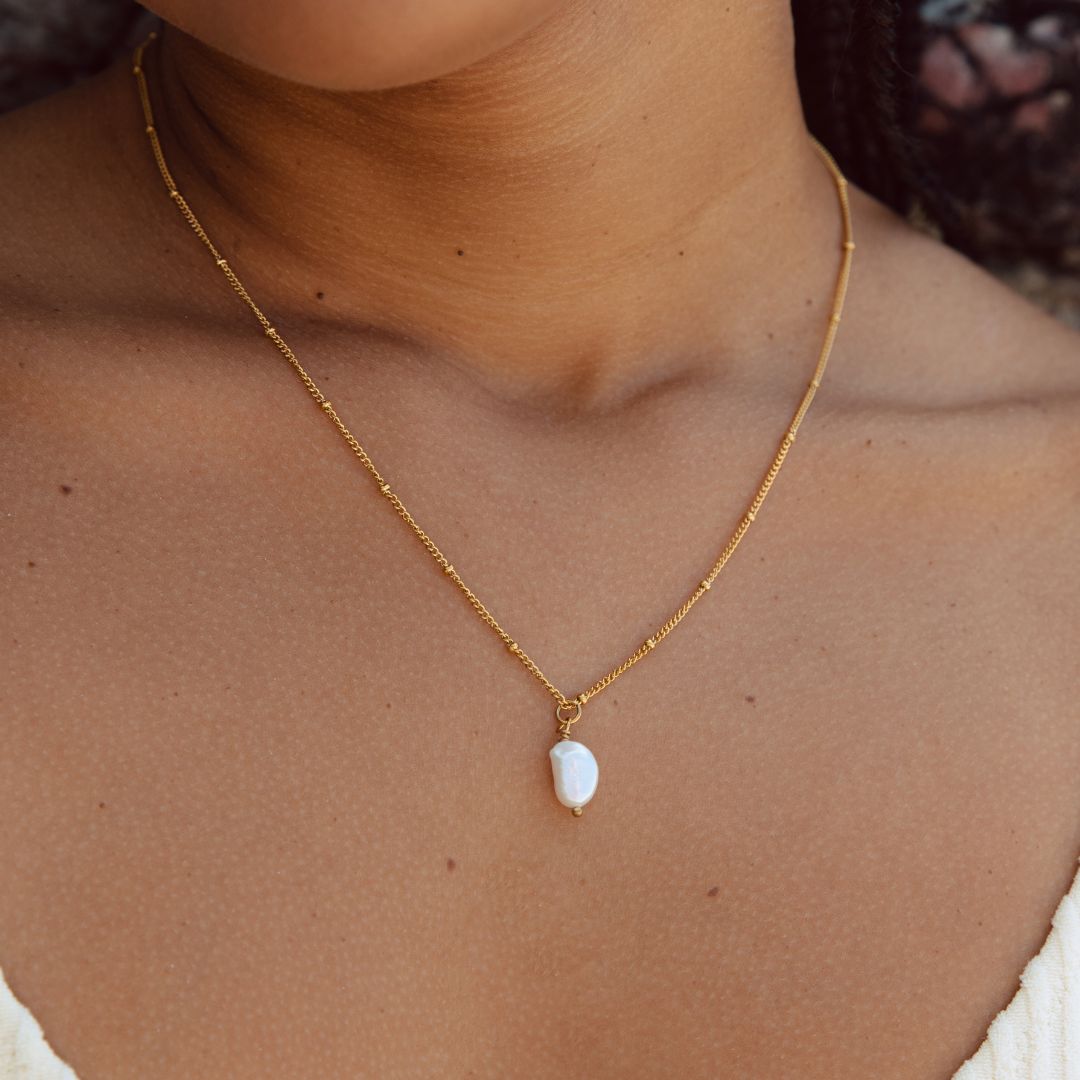

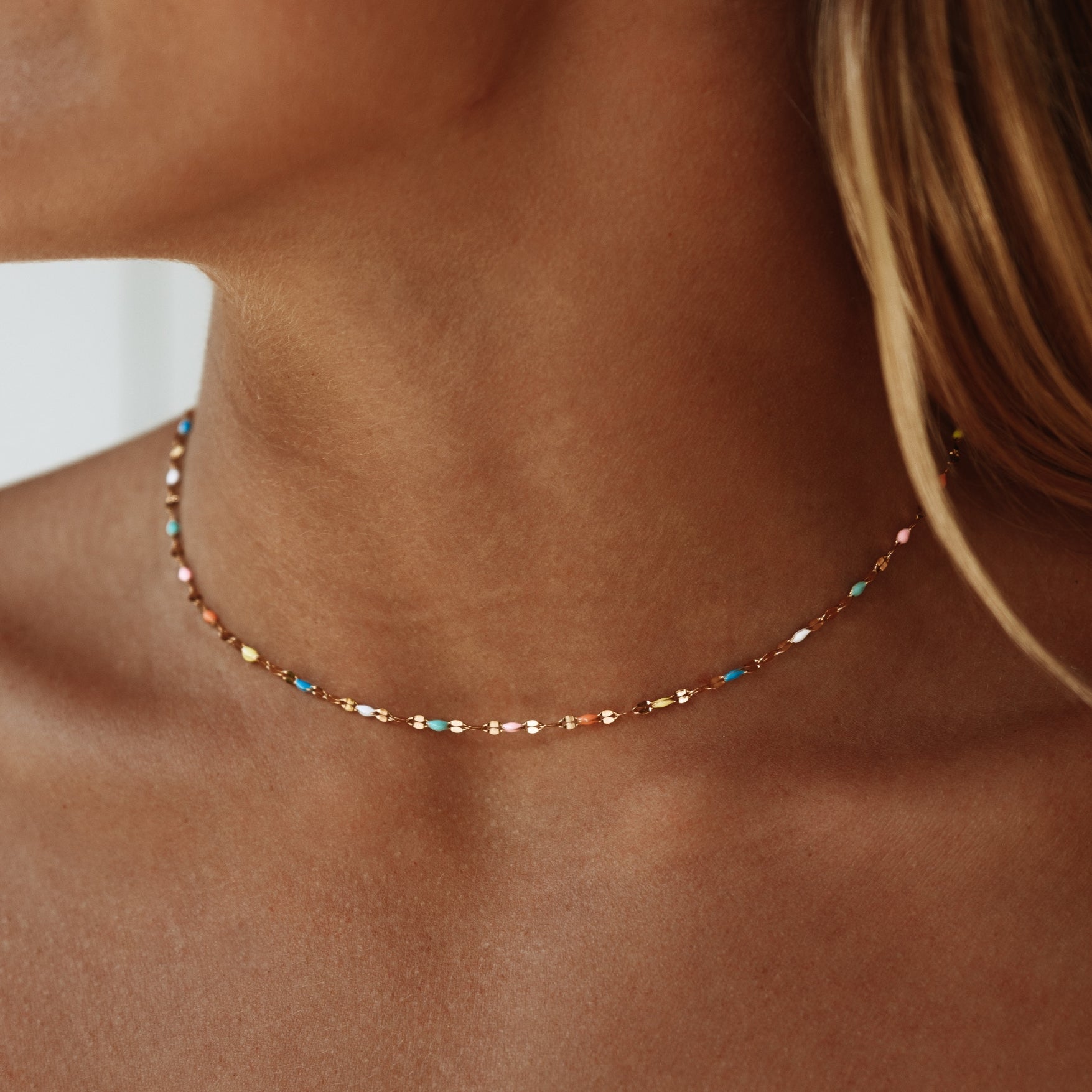


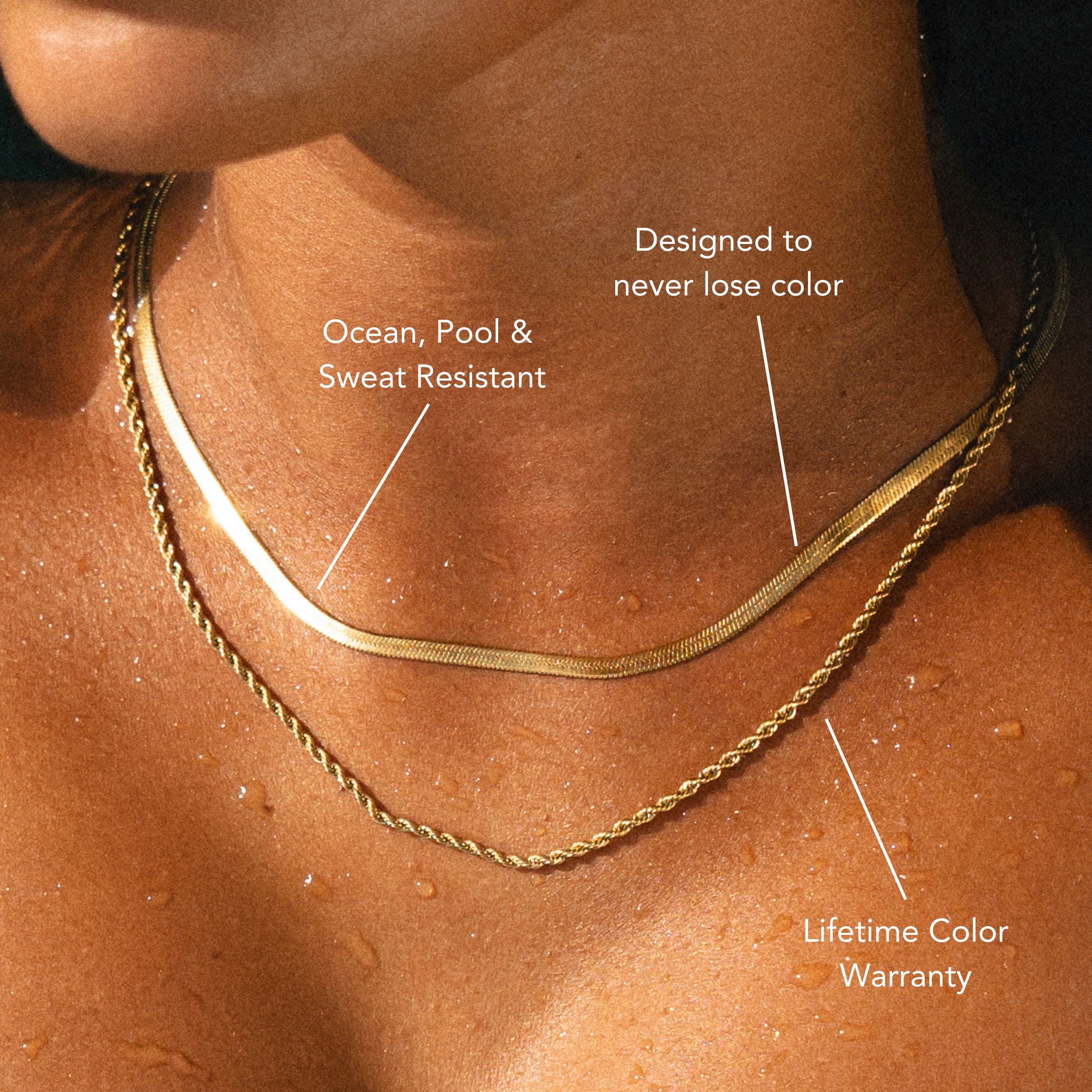
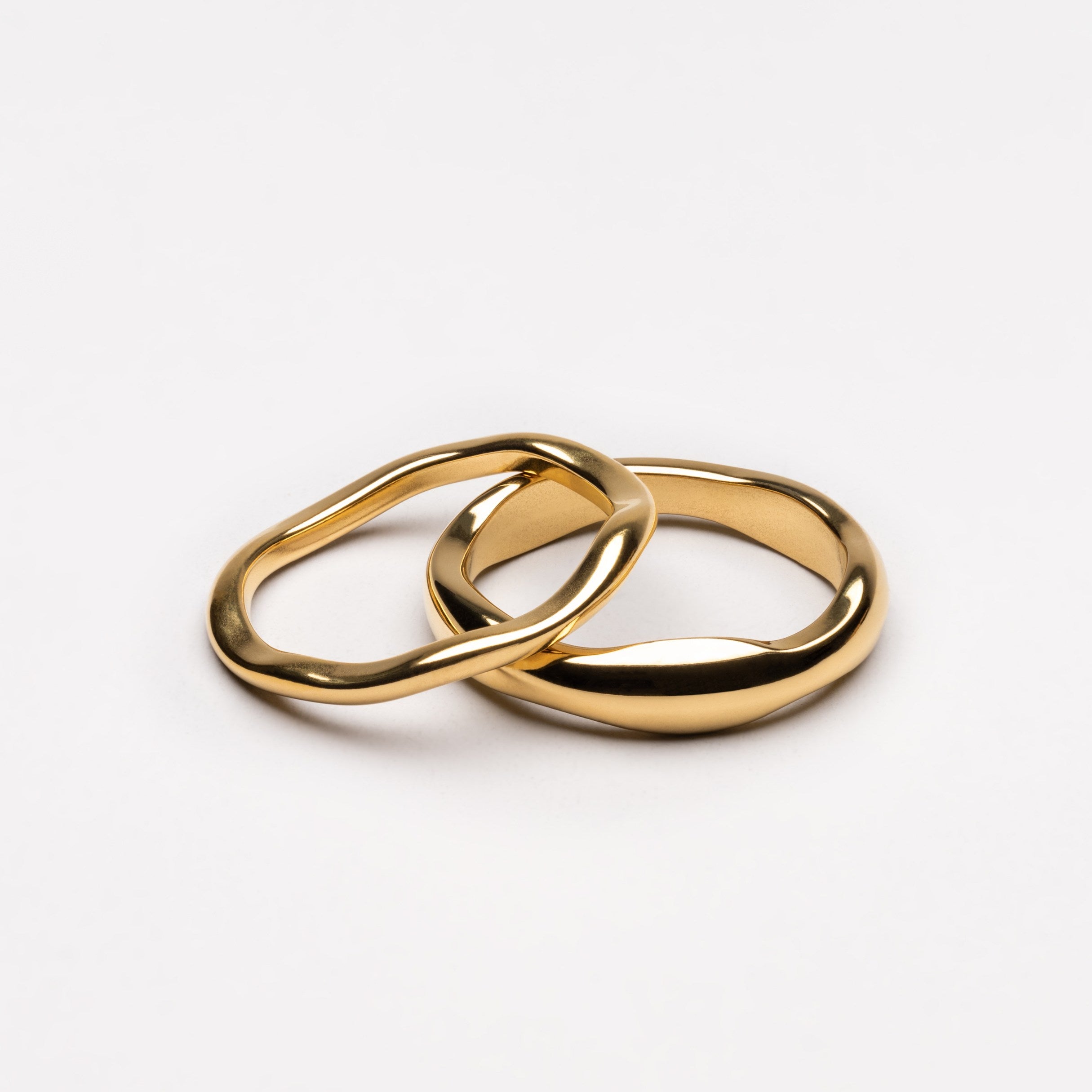
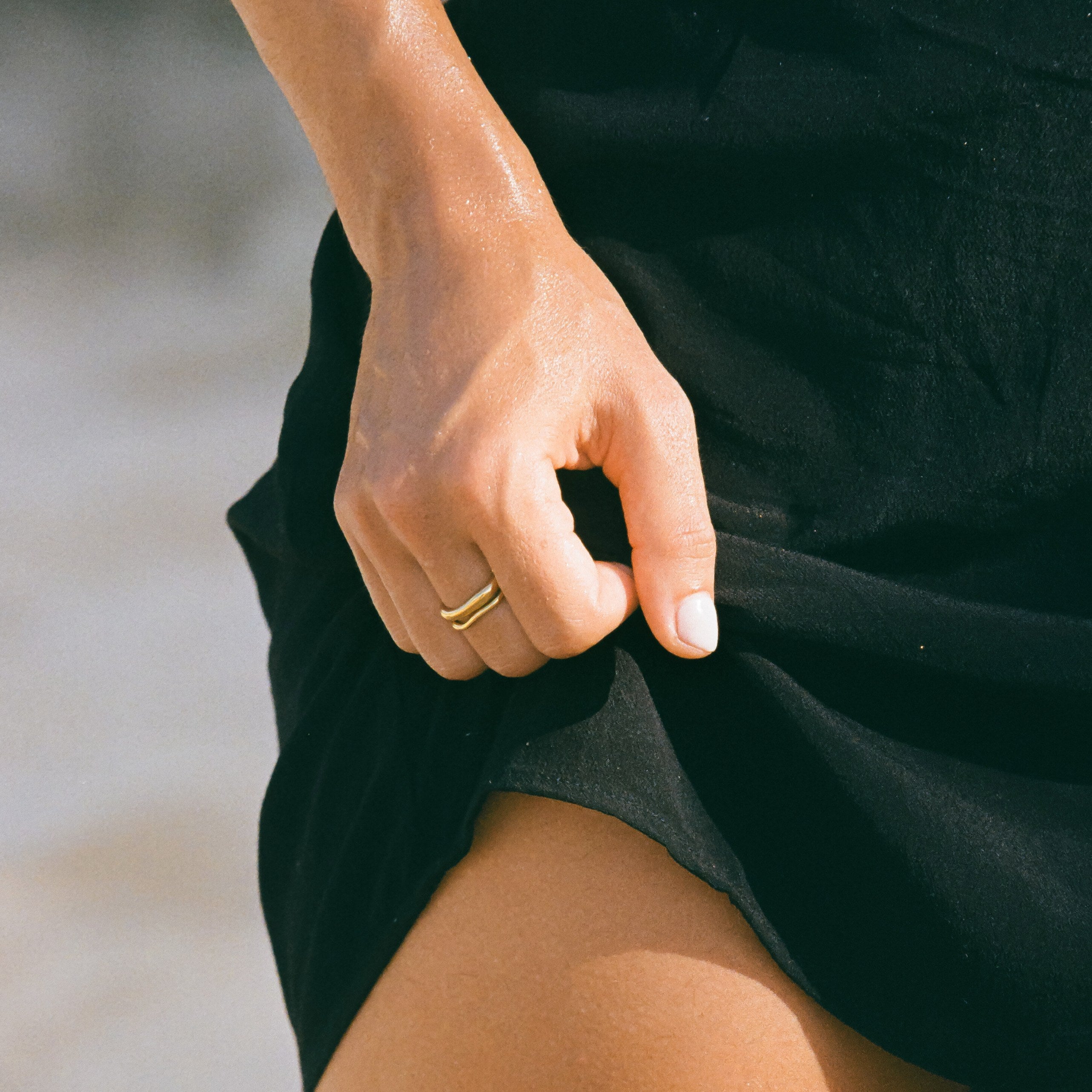

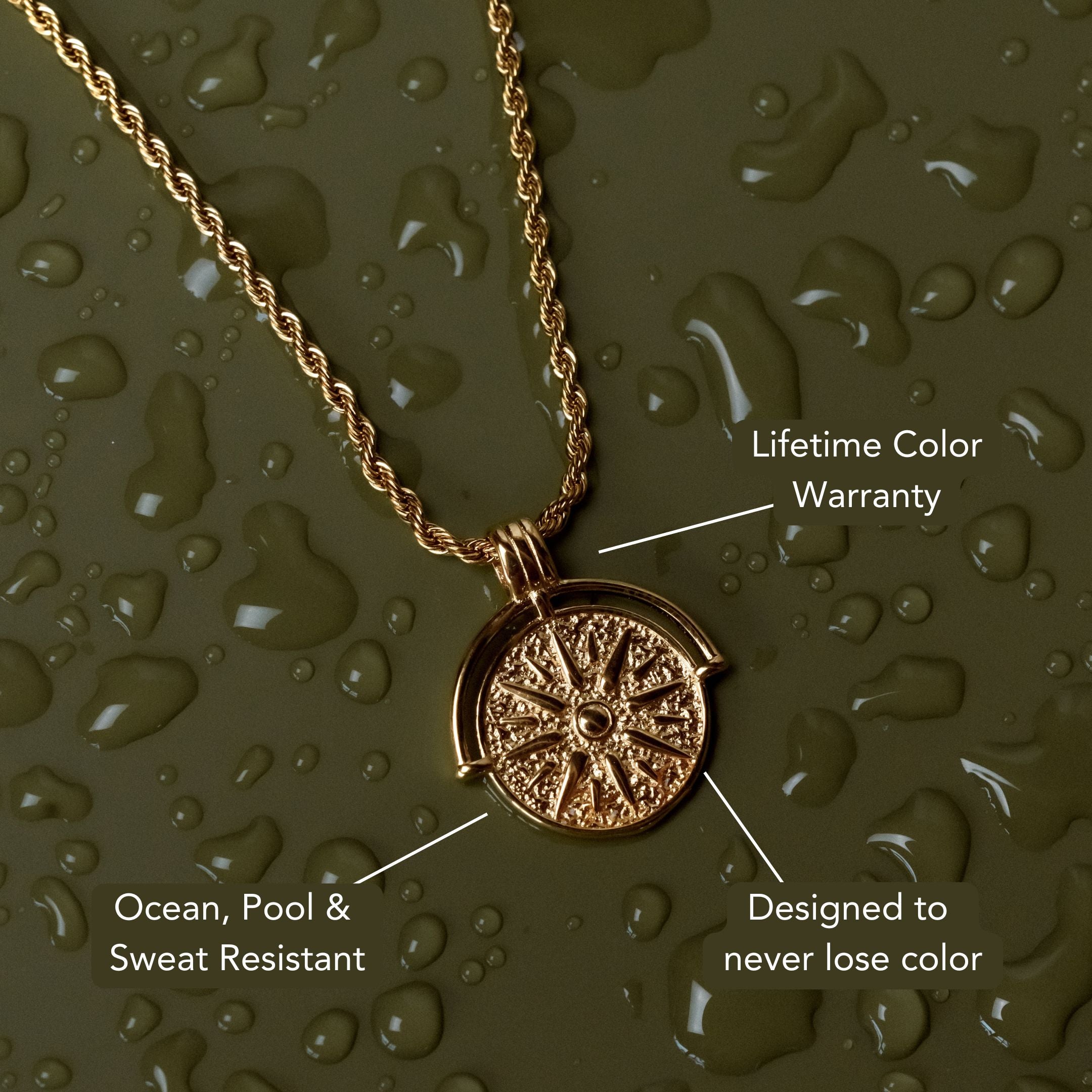
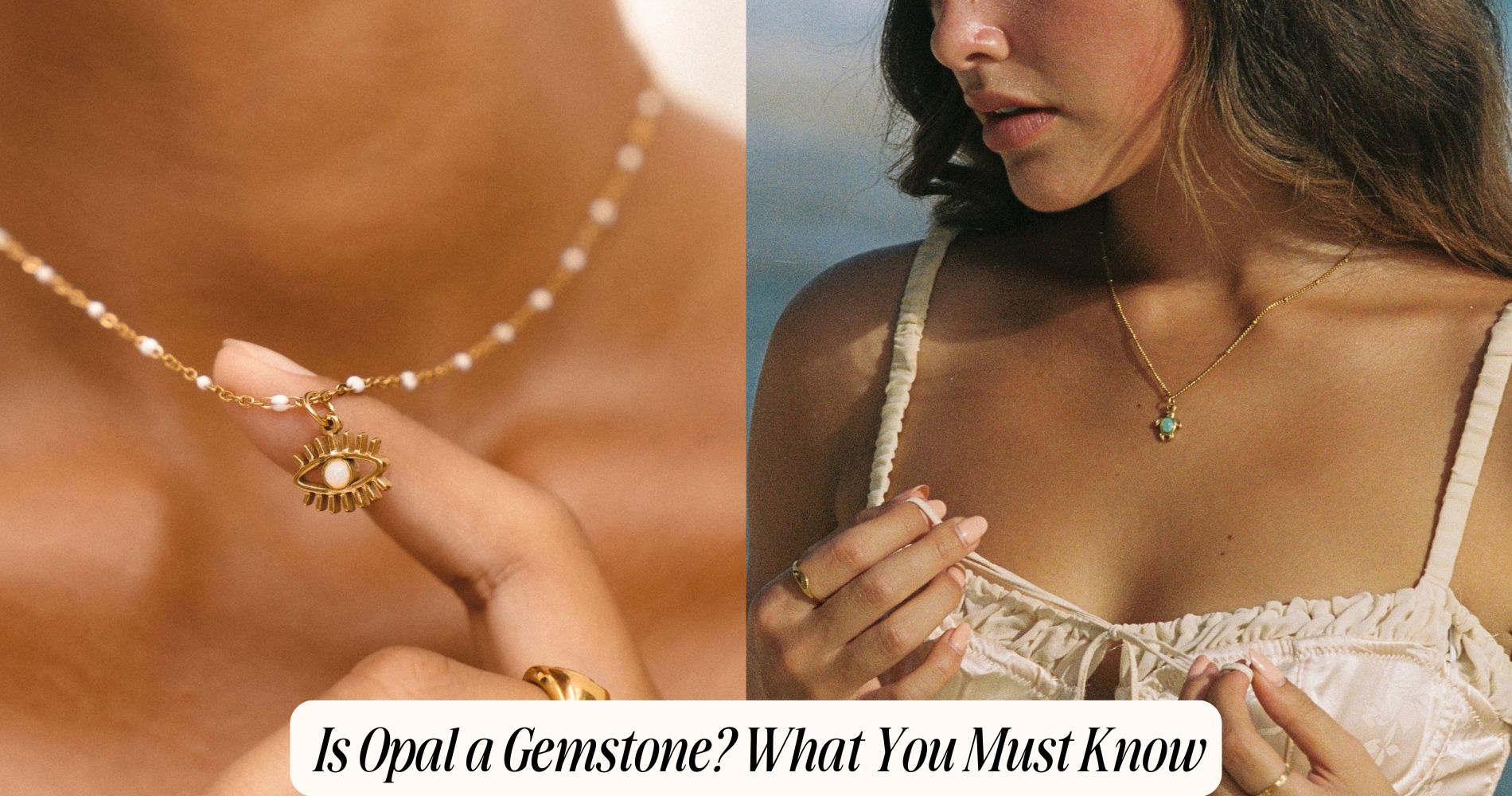
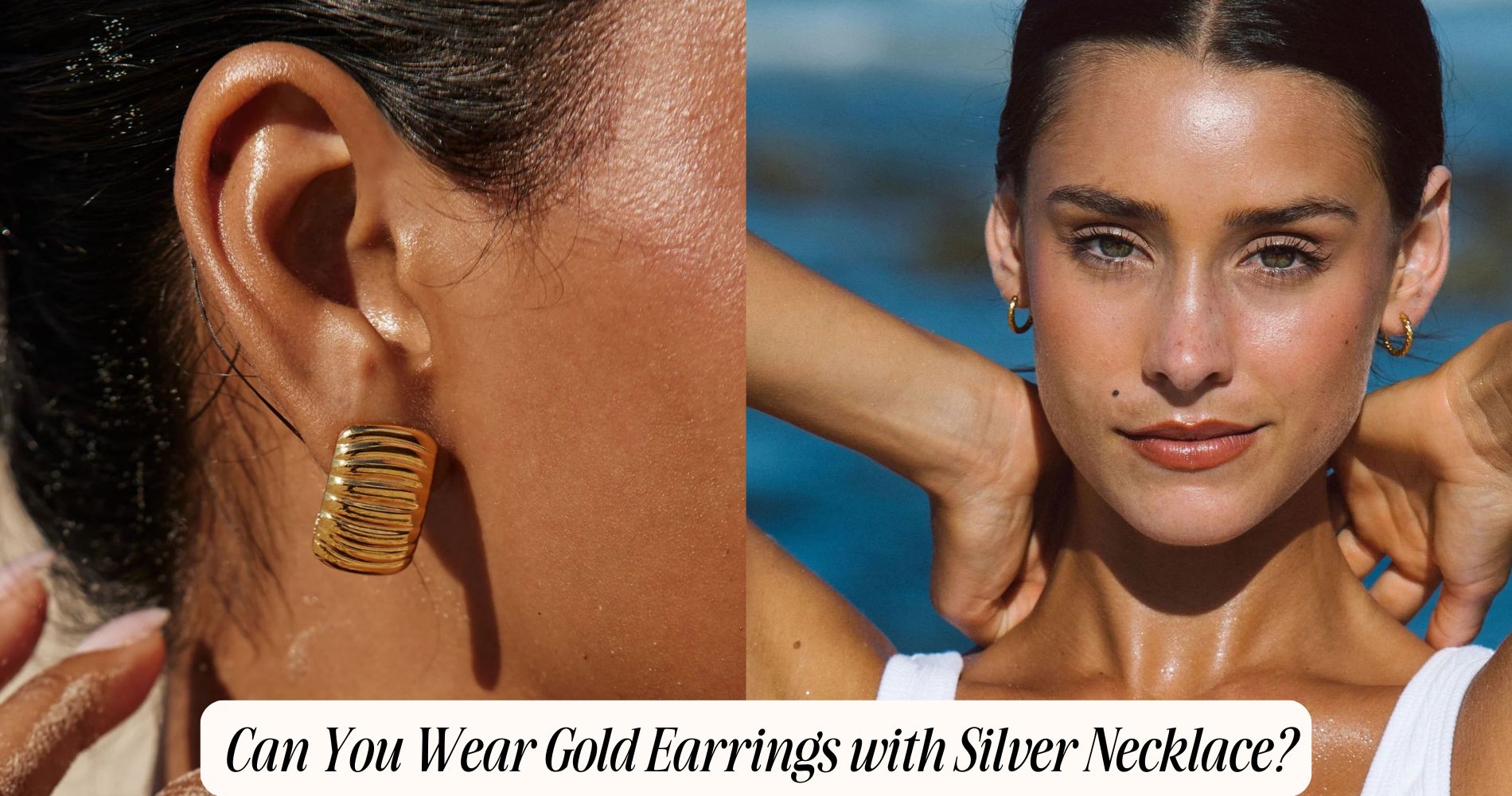




Leave a comment
This site is protected by hCaptcha and the hCaptcha Privacy Policy and Terms of Service apply.